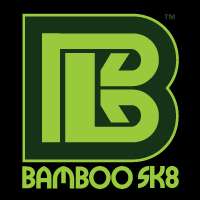Ipods are one of the most popular portable media players used today. There are a variety of models and generations, but one thing still stays the same, iPod ear buds. Since the ear buds are included free with the iPod, many people continue to use them not knowing the hidden potential dangers.
iPod ear buds are made cheap and are not meant to last. Many people have to constantly replace their iPod ear buds with new ones because of the fact that they keep breaking. Since the iPod chords are very long, they tend to get tangled up and snagged onto almost anything and everything, this is how many ear buds break. But this is especially dangerous when the ear buds are in the ear and the cord could potential hook onto a moving object, then it can pull the person along by the ears, possibly causing accidents. Also producing cheap ear buds that break easily produces excess waste, which is damaging to the environment. Broken ear buds can harm wildlife. Because of the iPod’s design, the long cords can easily get tangled and caught onto animals.
In the past, the ear buds came with a slip on soft foam cover to fit over the ear bud to make it more comfortable to place inside the ear, but this was an ineffective design. There was nothing securing the foam cover on to the ear bud, so it often fell off and people would loose them, creating more waste into the environment. The foam cover did not do any good for people’s ears either. The foam covers easily collected dust and dirt, and every time people placed it into their ears, they were clogging their ears with dirt, dust and bacteria, impairing their hearing.
In terms of iPod ear bud’s design and noise cancellation, it has none. For this reason, many people like to turn up their iPod the maximum volume to cover up outside noises. This does not only disrupts other surrounding people because they can hear the music from three feet away, it is also damaging to the ears. Listening to loud music periodically causes hearing loss over time. When the main audience of iPods consists children, teens and young adults, as they mature their hearing ability will have been negatively impacted.
Credits: http://ecx.images-amazon.com/images/





